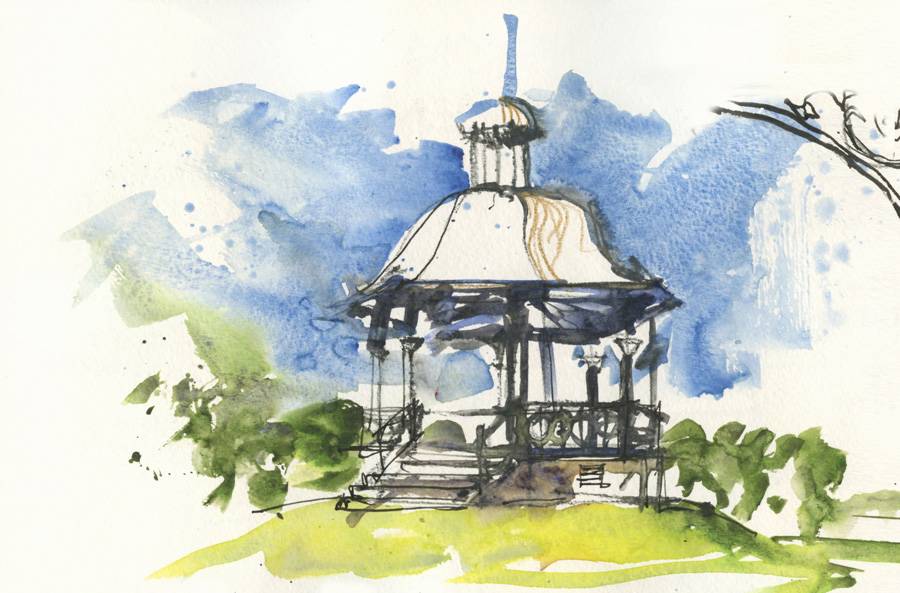
As I mentioned yesterday, the most significant landmark in Lambton is the rotunda in the middle of the park. This was the subject matter not only that I drew first, but also most of the attendees at my Travel Sketching workshop – done for the Newcastle Art Society. It is a very challenging structure to draw and a number of very important sketching issues arose during the afternoon sketching session.
Do you need to understand perspective to draw buildings or do you just draw what you see?
How do you draw what you see – how do you switch off the objective brain and use your visual brain?
When something looks wrong can you work out how to fix it?
My approach on the afternoon before was to sketch it loose and splashy – painting the sky first and not worrying about trying to describe it accurately. However I did need to be able to help those in the workshop draw it ‘properly’.

No doubt at all – it is a very tricky subject to draw! – The form is strongly geometric (without being a rectangular) and the details are refined and delicate – there is nowhere to hide.
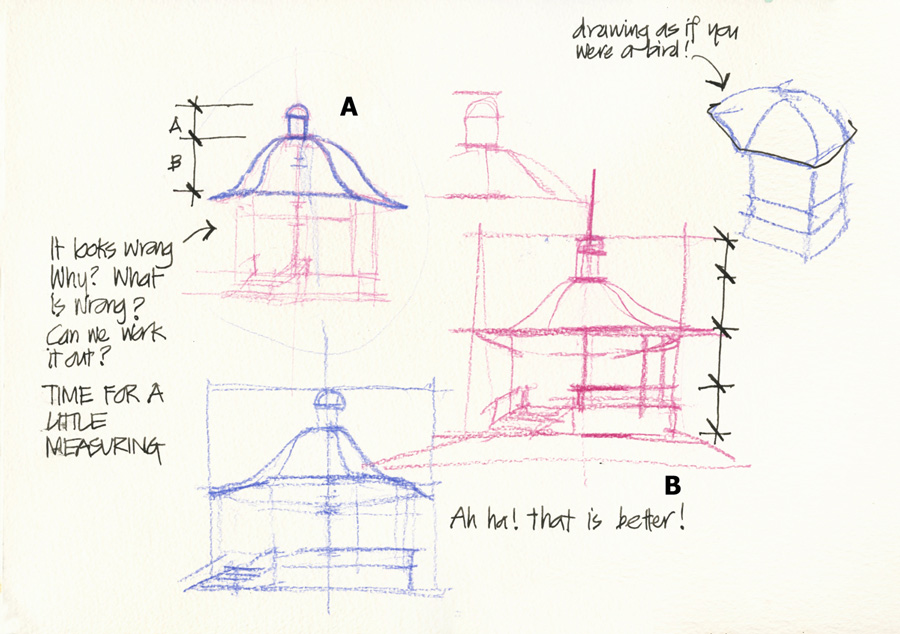
This is my first page of sketches done as I worked around the sketchers. We were having a discussion about how to stop one’s drawing (and particularly buildings) grow off the page. I was explaining my structured approach (similar to what I did in Paraty) and how I often look for a square. The rotunda fitted nicely into a square! Diagram A. But what I had drawn just looked wrong- what was the problem? I wasn’t immediately sure what my error was – the perspective was ok (it is very rarely perfect but I didn’t think that was the main issue)… So I just spent time looking thinking about relationships and started to do some measuring.
All basic stuff … but often we forget it!
I started measuring heights and setting out the main horizontals. And then I realised – my object based brain was thinking ‘tricky octagonal roof with (small) cupola on top’. But in fact the heights of the roof and the cupola were almost the same. Once I corrected the height of the roof, the whole structure fell into place and without the perspective being perfect it looked much more convincing (B).
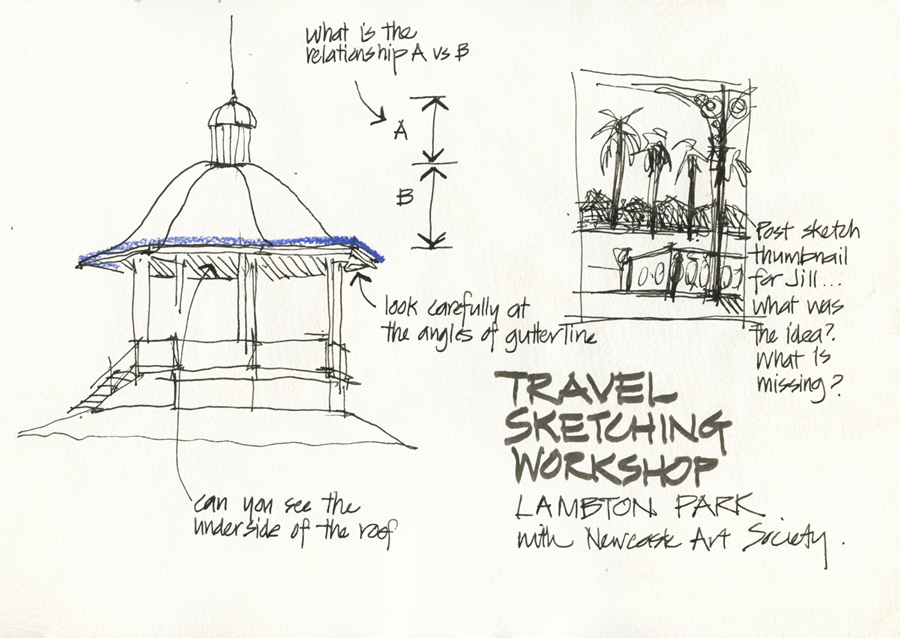
Now the other tricky thing about this rotunda was the fact that most of us were sitting on the grass looking up – therefore we could see the underside of the roof. This caused a lot of difficulty mainly because the angles at the bottom edge of the roof – the eaves line – were generally drawn in the wrong direction – going up rather than down. I think it is so fascinating that our objective brains are so strong that most people get this angle going completely the wrong way.
How do we overcome this tendency?
Are we aware when we are doing it?
How do we see the angles going the right way?
It is funny because it is all there in-front of us. We just need time to slow down, to use a few fundamental drawing skills and we can get it right …easy hey? No it is not!! This is where perspective comes in – if you can understand the general rules – you WILL see better. It is also a fantastic framework for helping you get the angles more accurate.
Curiously – in my first sketch (above) when I was drawing shapes – abstracting what I saw into pure shapes I got the relationship of cupola to roof and the angles of the eaves line ‘correct enough’! Well, it is not that curious – I was using my visual brain rather than my objective brain and that made a huge difference.
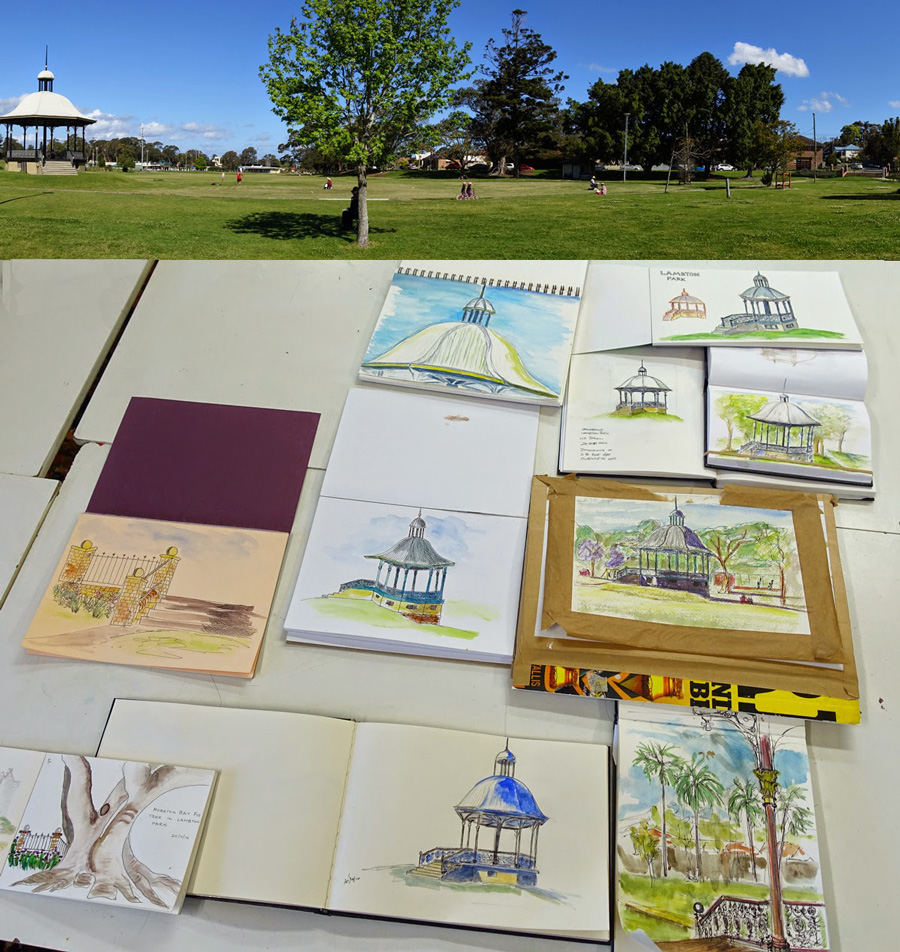
Here is the group photo of the wonderful sketches done that afternoon of the workshop. I just love how different each one is – how much the unique personality is expressed in the lines and colours on the page. I know I have been talking about accuracy but ultimately consistency and personal expression is far more important – and more fun!
Find out more in my SketchingNow Foundations course.




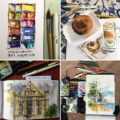
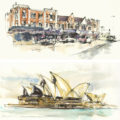
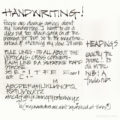
NEWSLETTER
Subscribe for first notification of workshop + online classes and more.